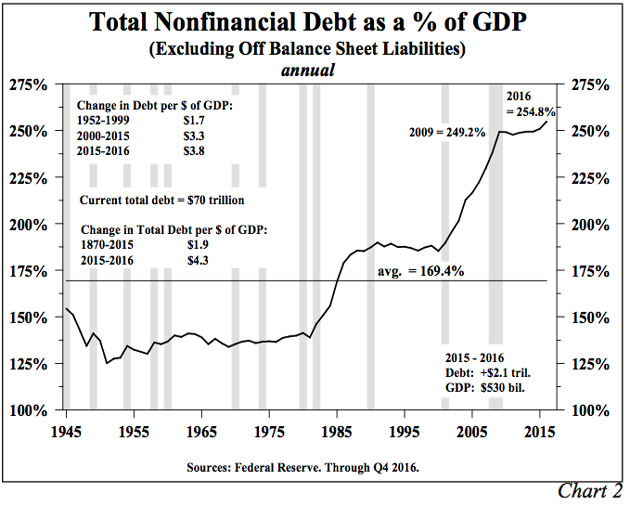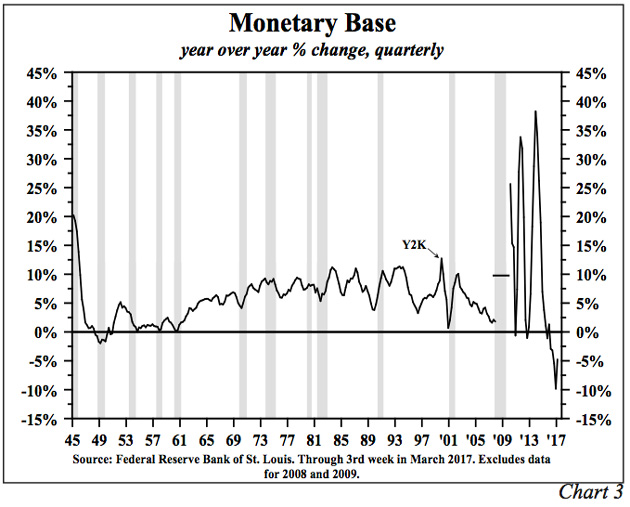U.S. citizens deserve nothing less than to be granted the same access to liquidity that Wall Street’s financial sector received during the great financial crisis (2008-2010) – to help restore them to “financial health.”
The Leviticus 25 Plan provides the mechanism for that liquidity access – a $75,000 credit extension for each U.S. citizen who wishes to participate – to help restore U.S. citizens to a state of “financial health.”
One of the ‘recapture’ provisions for participants in the plan is a required agreement to forego receiving all benefits from ‘Income Security’ social programs. The Earned Income Tax Credit is (EITC) one of those programs.
And it has a long history of being riddled with fraud.
Excerpts from: American Thinker — Henry Percy, April 26, 2013:
“The [Earned Income Tax Credit] program has been plagued with “improper payments” for years — decades actually: “The General Accounting Office (GAO) verified the vast scale of the fraud, reporting that ‘…the IRS estimated [it is] between 27 and 32 percent of EITC dollars claimed.'” And that was during the terror that was the reign of George W. Bush.
Have things gotten better under President Obama? According to an inspector general’s report, at least, 21% of EITC payments in 2012 were “improper” ($11.6 billion), by far the highest fraud rate in any government entitlement program.
But in 2010 President Obama signed the Improper Payments Elimination Act, which “requires federal agencies to reduce erroneous payments to a rate of less than 10 percent.” Ten percent fraud is surely a modest goal; what private business would be content with such a rate? And how’s the IRS doing? In the two years since Obama signed the law, improper EITC payments have increased by 22%.
Oh, but the IRS wants to comply: “The reduction of improper payments is a top priority for the IRS, and we are making progress in this area.” Yes, a “top priority.” So a 22% increase in improper payments is “making progress.” One wonders what the IRS would deem a fail.
The IRS cannot possibly reduce its fraud rate below $11.6 billion, yet a cut of $669 million to the FAA’s budget forces the agency to furlough air traffic controllers in order to create 3 to 4 hour lines at airports. Talk about a rigid, inflexible, sclerotic bureaucracy.”
………………………….
The Leviticus 25 Plan sets America on course for ‘cleaning up’ the massive, fraud-riddled misallocation of capital by big-government.
It re-incentivizes work and industriousness by citizens. And the plan pays for itself over a 10-15 year period.
There is no plan in place right now in America that takes even one positive step in that direction.
The Leviticus 25 Plan 2018 – $75,000 per U.S. citizen




